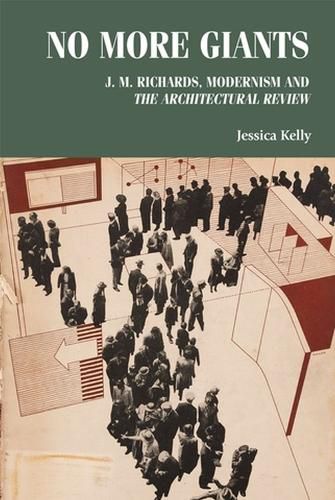Readings Newsletter
Become a Readings Member to make your shopping experience even easier.
Sign in or sign up for free!
You’re not far away from qualifying for FREE standard shipping within Australia
You’ve qualified for FREE standard shipping within Australia
The cart is loading…






Architecture is more than buildings and architects. It also involves photographers, writers, advertisers and broadcasters, as well as the people who finance and live in the buildings. Using the career of the critic J. M. Richards as a lens, this book takes a new perspective on modern architecture. Richards served as editor of The Architectural Review from 1937 to 1971, during which time he consistently argued that modernism was integrally linked to vernacular architecture, not through style but through the principle of being an anonymous expression of a time and public spirit. Exploring the continuities in Richards’s ideas throughout his career disrupts the existing canon of architectural history, which has focused on abrupt changes linked to individual ‘pioneers’, encouraging us to think again about who is studied in architectural history and how they are researched. – .
$9.00 standard shipping within Australia
FREE standard shipping within Australia for orders over $100.00
Express & International shipping calculated at checkout
Architecture is more than buildings and architects. It also involves photographers, writers, advertisers and broadcasters, as well as the people who finance and live in the buildings. Using the career of the critic J. M. Richards as a lens, this book takes a new perspective on modern architecture. Richards served as editor of The Architectural Review from 1937 to 1971, during which time he consistently argued that modernism was integrally linked to vernacular architecture, not through style but through the principle of being an anonymous expression of a time and public spirit. Exploring the continuities in Richards’s ideas throughout his career disrupts the existing canon of architectural history, which has focused on abrupt changes linked to individual ‘pioneers’, encouraging us to think again about who is studied in architectural history and how they are researched. – .